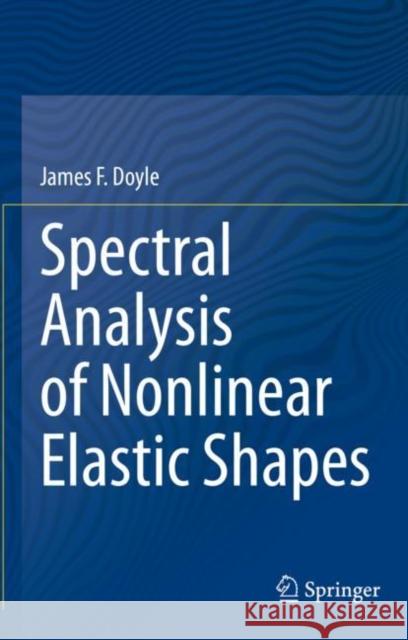Spectral Analysis of Nonlinear Elastic Shapes » książka
topmenu
Spectral Analysis of Nonlinear Elastic Shapes
ISBN-13: 9783030594930 / Angielski / Twarda / 2020 / 409 str.
Spectral Analysis of Nonlinear Elastic Shapes
ISBN-13: 9783030594930 / Angielski / Twarda / 2020 / 409 str.
cena 402,53
(netto: 383,36 VAT: 5%)
Najniższa cena z 30 dni: 385,52
(netto: 383,36 VAT: 5%)
Najniższa cena z 30 dni: 385,52
Termin realizacji zamówienia:
ok. 22 dni roboczych
Dostawa w 2026 r.
ok. 22 dni roboczych
Dostawa w 2026 r.
Darmowa dostawa!
Kategorie:
Kategorie BISAC:
Wydawca:
Springer
Język:
Angielski
ISBN-13:
9783030594930
Rok wydania:
2020
Wydanie:
2020
Ilość stron:
409
Oprawa:
Twarda
Wolumenów:
01











